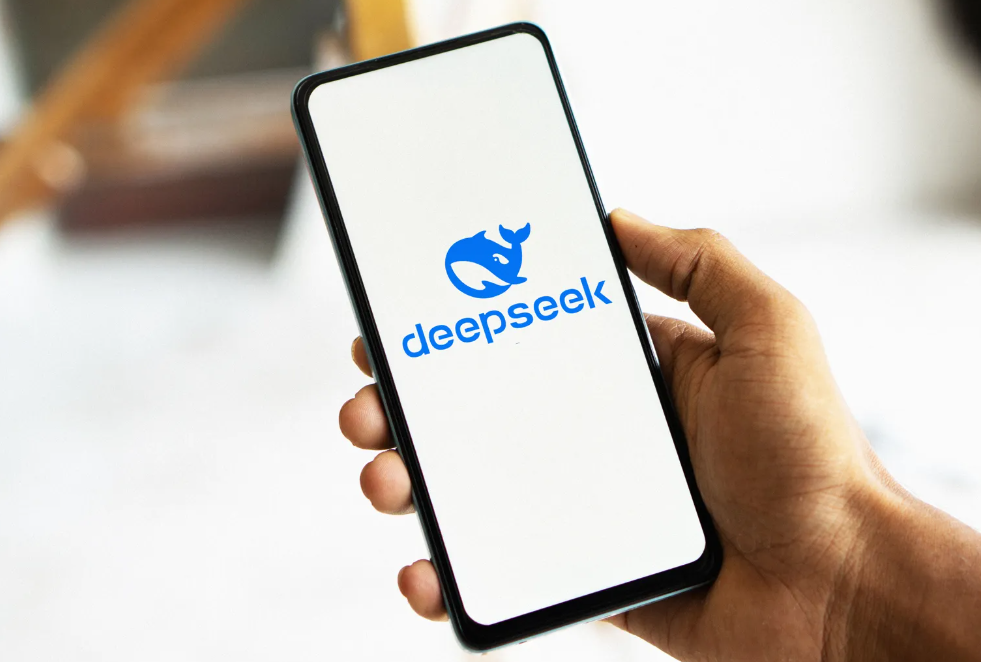
In January 2025, the AI industry was shaken by a major security breach involving the Chinese company DeepSeek. This breach compromised over one million sensitive records, including operational data, API keys, and chat logs, due to a misconfigured ClickHouse database that left critical information exposed. However, it is the expert analysis by Sudheer Kolla that has provided valuable insight into the breach’s full impact on database infrastructure and security protocols.
Kolla’s research delves deep into the origins of the breach, showing how DeepSeek’s failure to implement proper security controls led to the exposure of critical data. The work highlights the dangers of rushing AI technology deployment at the expense of fundamental security practices—a lesson now recognized across the tech industry as essential for preventing similar incidents. By identifying flaws in DeepSeek’s cloud setup, the analysis sheds light on how vulnerabilities in database infrastructure, such as insecure access points and lack of encryption, can lead to devastating consequences.
The Repercussions on Database Infrastructure
The investigation revealed the profound effects the breach had on database infrastructure. The analysis painted a clear picture of how insufficient access control measures, such as the absence of role-based access control (RBAC) and multi-factor authentication (MFA), allowed attackers to gain administrative-level access to the database. This enabled them to execute SQL queries at will, manipulate data, and potentially disrupt AI model functionality. The extensive risks posed by poor security practices were highlighted, showing how even small misconfigurations can be exploited by cybercriminals.
The research also emphasized the importance of securing not only user data but also the underlying infrastructure supporting AI systems. Insights proved invaluable in understanding how breaches, like the one at DeepSeek, are not solely about data theft but can also lead to manipulation of AI models themselves—potentially resulting in biased or unsafe outputs if tampered with.
Lessons Learned: A Contribution to Industry Practices
Through the analysis, key security flaws in AI-driven companies were exposed, particularly regarding database security. It was stressed that the rush to deploy AI systems often causes companies to overlook critical security measures like encryption and access control, leaving sensitive data vulnerable. The work showed that, in their bid to remain competitive, AI companies sometimes neglect the importance of securing their database systems before scaling operations.
The study also pointed out the legal and ethical concerns surrounding database vulnerabilities. The DeepSeek breach raised significant questions about compliance with global data protection regulations, including GDPR and China’s Cybersecurity Law. It was emphasized that AI companies must not only secure their systems but also ensure compliance with international standards to avoid legal repercussions and maintain consumer trust.
Mitigation Strategies and Security Best Practices
Rather than merely highlighting the deficiencies in the DeepSeek breach, the research also proposed practical solutions. Recommended best practices, such as implementing RBAC and MFA, encrypting sensitive data, and incorporating proactive threat detection systems, have become essential for industry security. The suggestion to adopt Zero Trust Architecture (ZTA) and conduct regular security audits is particularly relevant in a world of constantly evolving cyber threats.
Moreover, it was stressed that AI companies need to develop a security-focused culture, ensuring that security is integrated throughout the entire AI model development and deployment process. This approach will help prevent future breaches by addressing vulnerabilities before they can be exploited.
Conclusion: A Masterclass in Understanding the DeepSeek Breach
Sudheer Kolla’s expert analysis of the DeepSeek breach has provided critical clarity on the broader implications for database infrastructure in the AI industry. The research not only helped the industry understand the technical aspects of the breach but also highlighted the importance of security-by-design practices, regulatory compliance, and ethical considerations in AI deployment.
These insights continue to shape how AI companies approach database security, serving as a vital resource for those aiming to protect their systems from similar vulnerabilities. Through this work, significant contributions have been made to the ongoing conversation about AI security, providing essential lessons that the industry can learn from moving forward.






